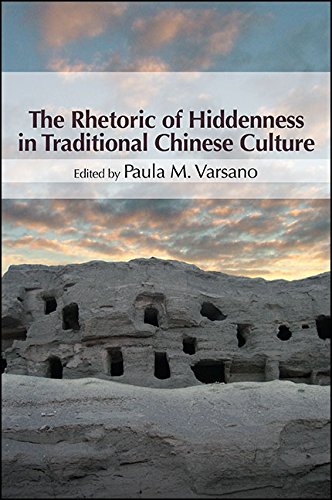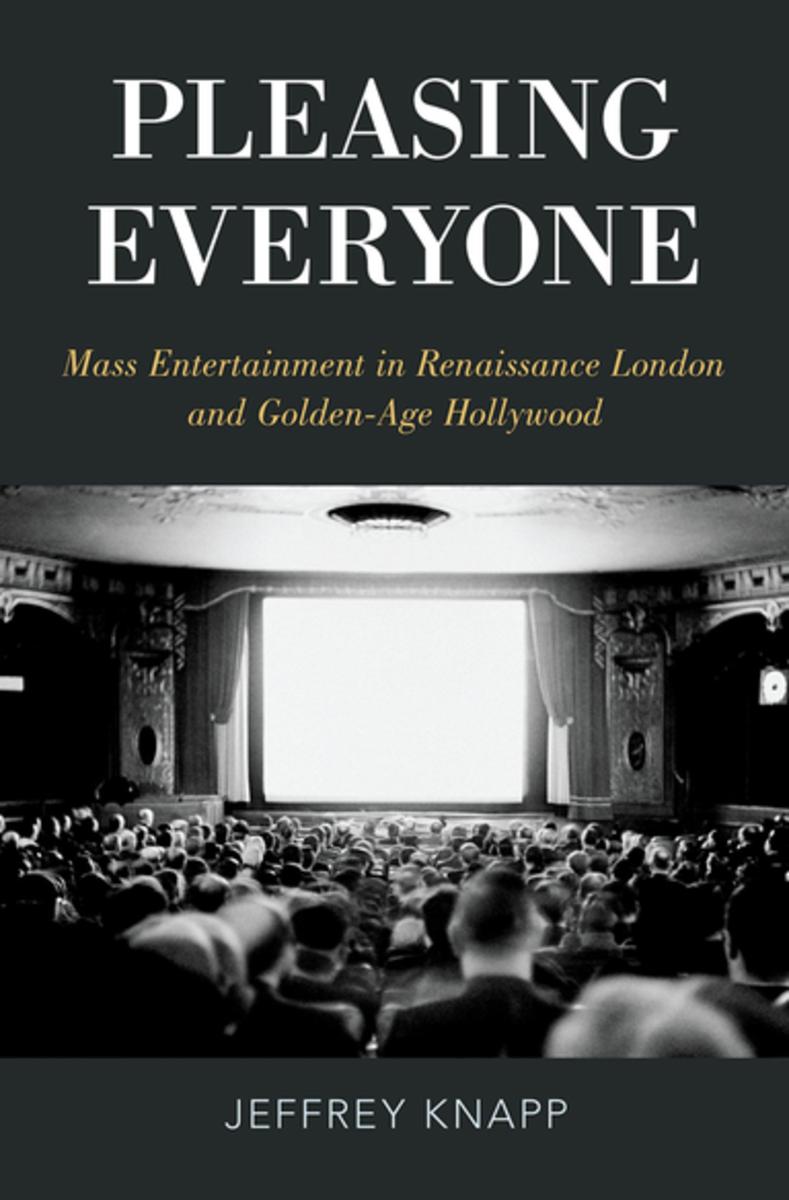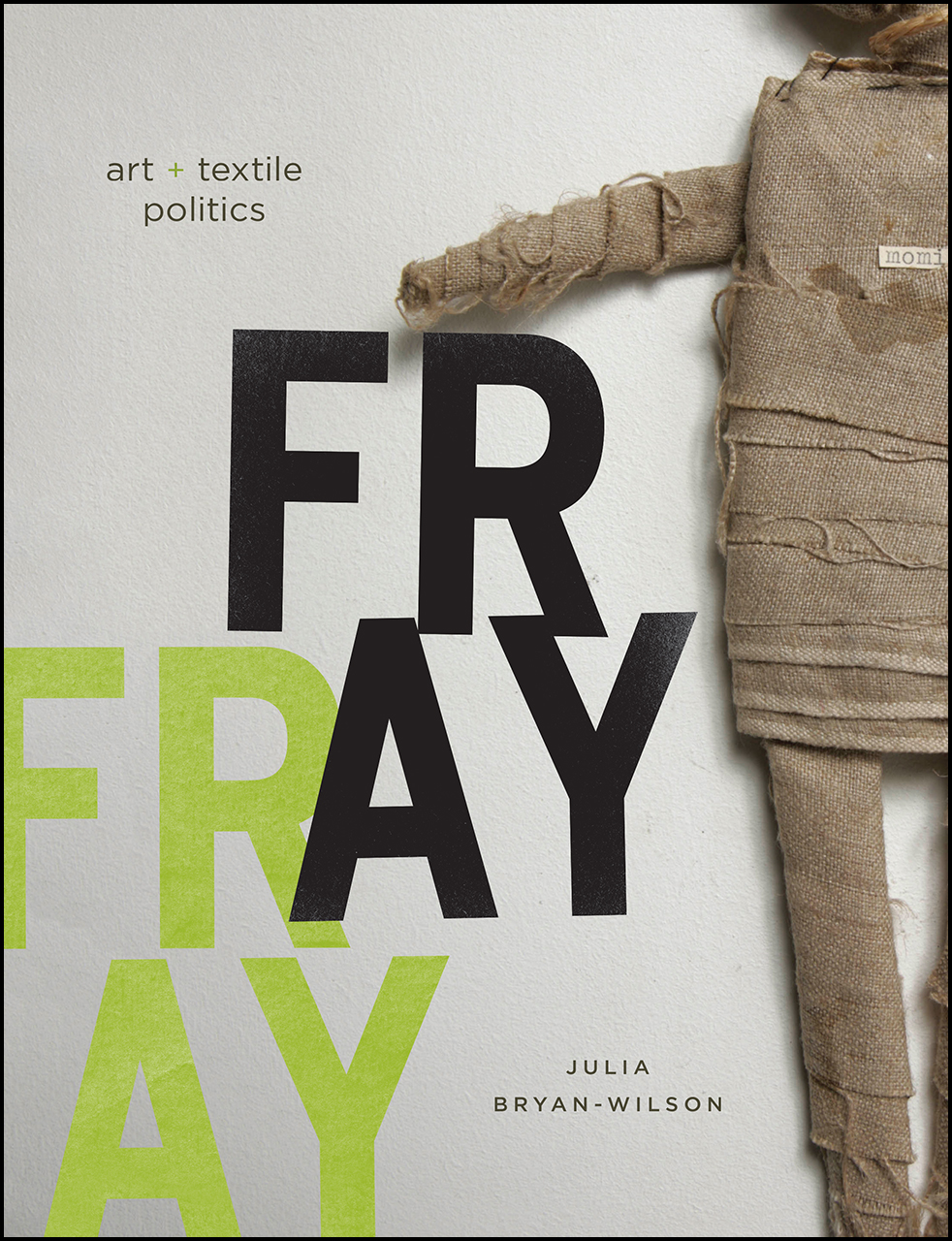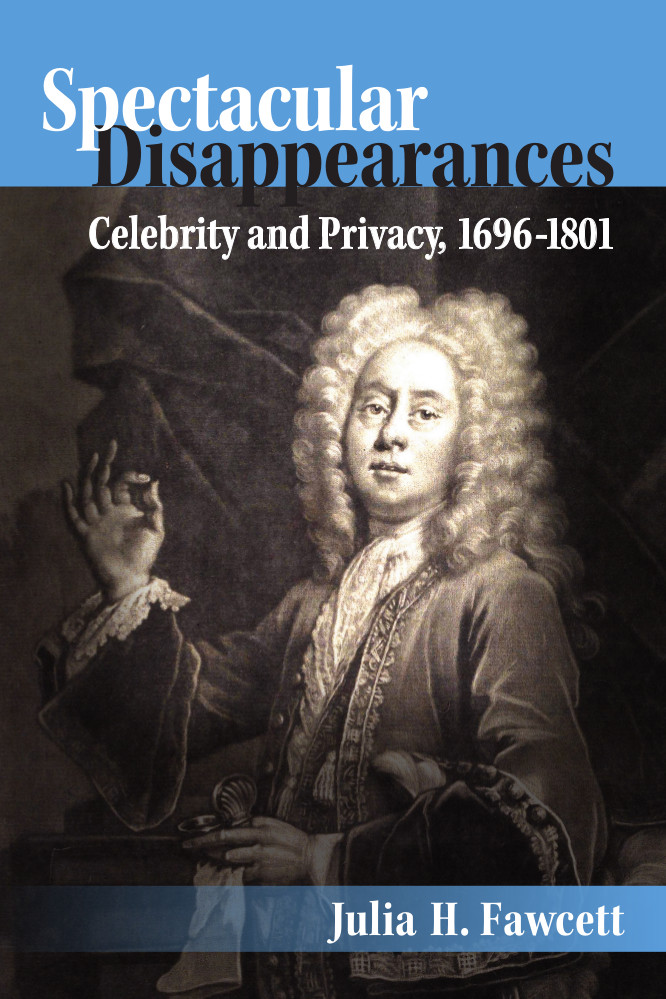
The Rhetoric of Hiddenness in Traditional Chinese Culture
In the book The Rhetoric of Hiddenness in Traditional Chinese Culture (SUNY Press, 2016) Associate Professor of East Asian Languages & Cultures Paula Varsano brings together fourteen essays that explore the role of hiddenness — as both an object and a mode of representation — in the history of cultural production in China from the Warring States Period (403–221 BCE) to the end of the Qing Dynasty (1911) and beyond. The rhetorical use of various forms of hiddenness makes its appearance in literary, political, philosophical, and religious writings, as well as in the visual arts. Working in fields as disparate as traditional Chinese literature, religion, philosophy, history, medicine, and art, the contributors attempt to characterize one of the fundamental signifying practices in traditional Chinese cultural production.
After an introduction by Michael Nylan (History), Varsano speaks briefly about her work and then open the floor for discussion.



